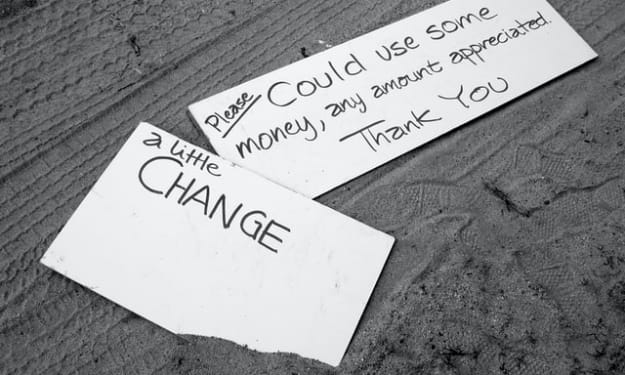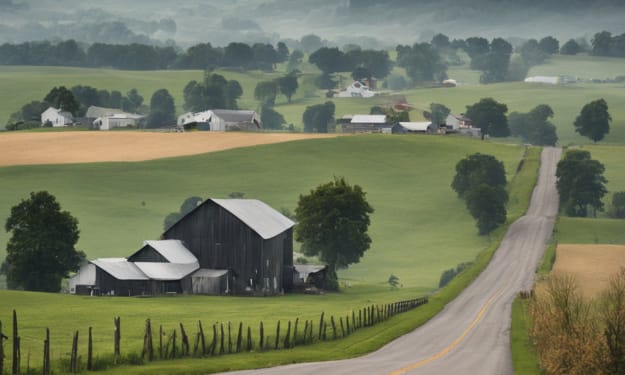The Problem with Public Housing in the US
From high crime rates to undesirable neighborhoods, can government do more for public housing recipients?

As of 2020, there are 42.5 million people living below the poverty line in the USA. Of those who earn a low income, around 49% rely on public housing and government assistance programs. The sad reality is that there is a shortfall of 6.8 million homes for very low-income earners across the country and these numbers include families with young children.
Affordable housing has always been a contentious issue in the US but with so many people in need of decent and safe homes that they can afford, the affordable housing sector has come under immense pressure.
This leads us to the topic of public housing in the US. Public housing is a type of government-owned and funded housing assistance program for very low-income earners who perhaps cannot afford rent in a regular apartment in the city. In this guide, we explore public housing, what it is and why it remains a problem.
What is Public Housing?
Public housing is owned by the US government and provided to individuals and families with a low income (earnings well below the average income for a particular city or state) or who fall below the poverty line. Tenants pay an adjusted monthly rent and fee for utilities as determined by government housing authorities.
It is often confused with Section 8 housing, but Section 8 also known as the housing voucher program, involves the use of housing vouchers by tenants to pay for all or part of their rent. These properties are part private and government-owned compared to public housing that is completely government-owned. It is also provided for seniors, veterans, and families with disabilities.
The Problem with Affordable Housing in the US
Public housing was developed in 1973 by the Affordable Housing Act. It was meant to provide low-income earners to poverty-stricken communities with access to homes rather than end up on the street. But rather than these houses offering refuge and assistance, it became a means of segregation.
Families already struggling in poverty were now designated to properties in so-called undesirable areas where buildings were not maintained by government officials. Instead of offering support and a place to help people get back on their feet, it became a drug haven and a community where crime proliferated. It went on to become associated with low levels of education, poverty, crime, and unsafe communities.
While efforts have changed the face of affordable housing by government and private developers, much still needs to change to help the millions of people who still need safe and affordable homes. Many still believe that a public housing project will reduce the value of surrounding properties and negatively affect businesses in the area. This couldn't be further from the truth.
What is further compounding the issue of low-income homes is the fact that cities across different states have created zoned areas for public housing. This means that these areas or communities cannot undergo new developments or upgrades failing to contribute to economic growth and prosperity for all.
As much as we want to fight the affordable housing stereotype, entire communities continue to hold on to the negative stereotype. If individuals with difficult backgrounds are not given the opportunity to reform and get back on their feet, then nobody will be able to work on getting out of poverty or uplifting themselves and their families.
The problem with public housing is that it needs more effort and investment from the government. It needs private development that includes well-maintained homes in safe neighborhoods where families can flourish and not live under the stigma of what a public community entails. It also requires an educational approach to support the communities where public housing is erected.
Many people who live in areas where affordable housing is developed, move out of their properties for fear that it will increase crime and drug use in the area. The more people who move out or sell properties below market value owing to low-cost housing, the more the surrounding property prices drop and the stigma remains. The fact that many housing projects have failed or have been deserted by the government doesn't do much to restore community faith in these programs.
The problem with public housing is not that tenants are getting handouts from the government because renters do pay their monthly rent. They pay a government-adjusted rent based on their earnings. What does need to change is the way it is viewed. Yes, there is public housing in undesirable areas, and many government housing projects have come under fire for being drug and crime havens but, there are many families and individuals in need of an affordable home in a safe community where they can raise a family, work on their goals, and build the life that they dream for themselves.
Perhaps a new approach to marketing, better assistance for those who apply and qualify, and interest by the government to really help their tenants with security and safety will go a long way to changing the negative stereotype that plagues the public housing sector.

About the Creator
Enjoyed the story? Support the Creator.
Subscribe for free to receive all their stories in your feed. You could also pledge your support or give them a one-off tip, letting them know you appreciate their work.





Comments
There are no comments for this story
Be the first to respond and start the conversation.